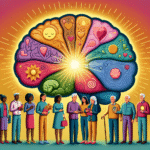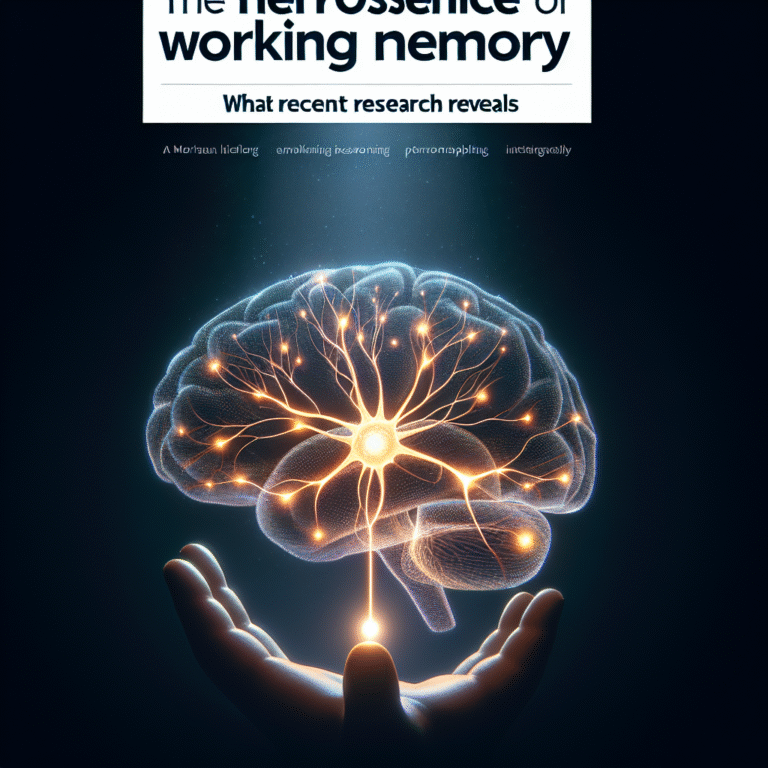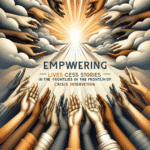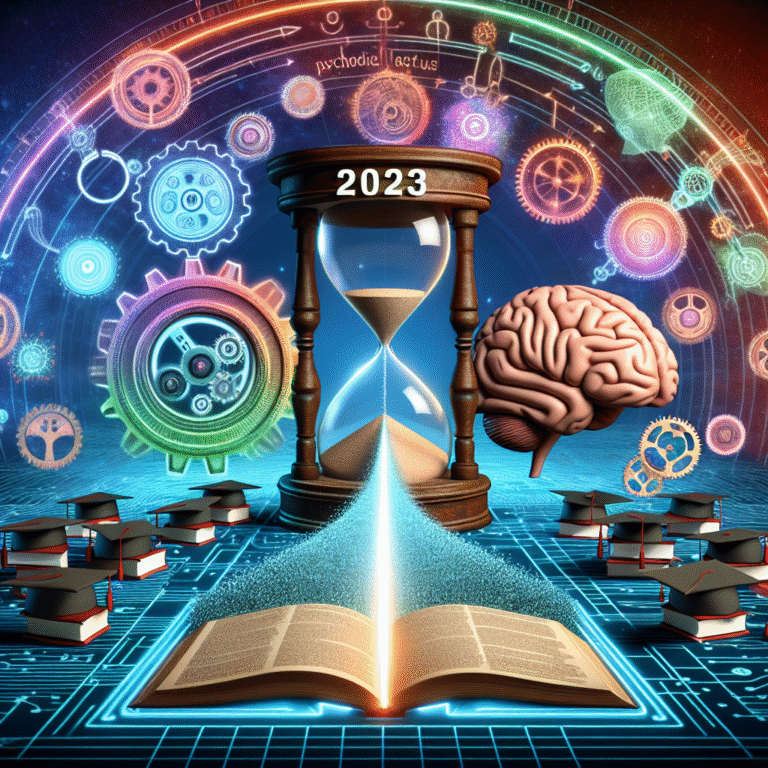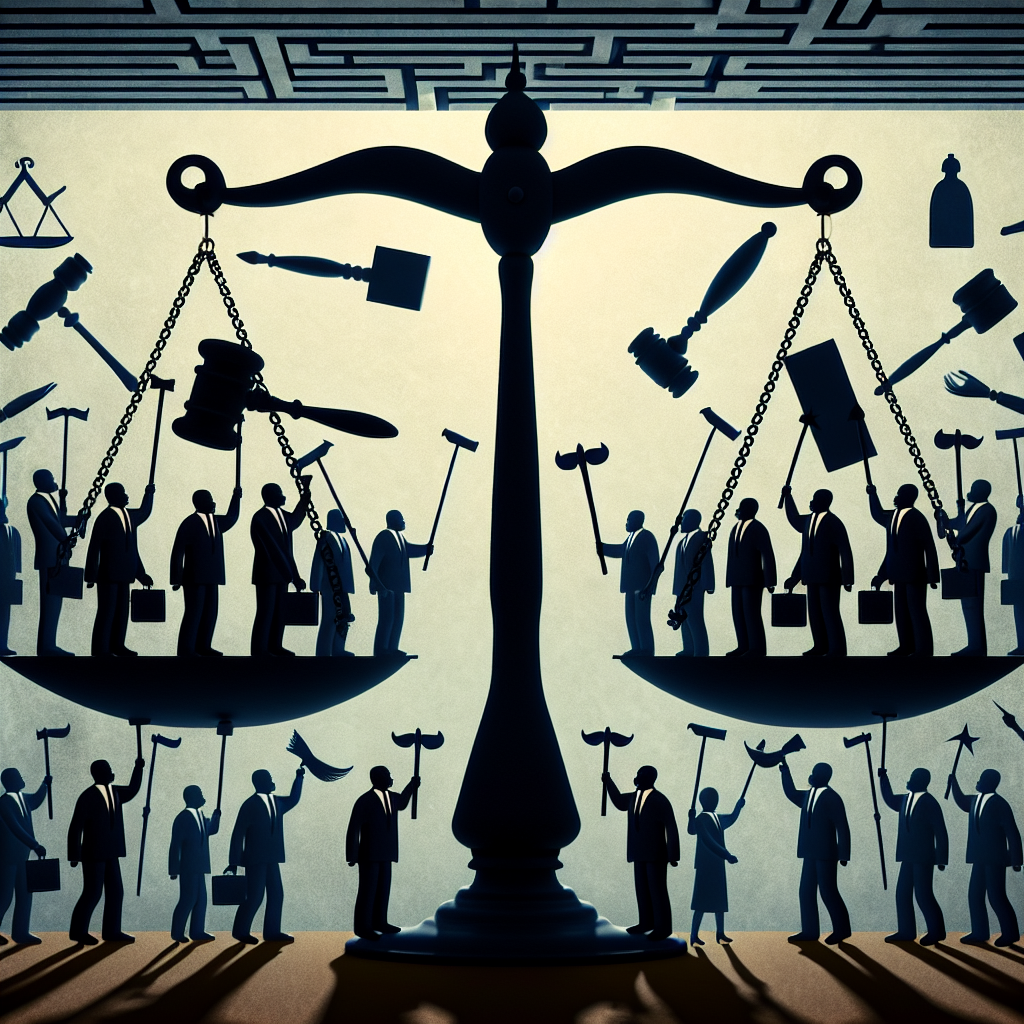
Introduction
Imagine a decision-making process driven by a singular narrative—one that ignores conflicting evidence and prioritizes validation of preconceived beliefs. This is the crux of The Hidden Dangers of Confirmation Bias in Politics and Governance. In an age of increasingly polarized views, confirmation bias has quietly wormed its way into the very fabric of political discourse, shaping opinions and policies in ways that can have dire consequences. Understanding these hidden dangers is not just an academic exercise; it is essential for fostering a more informed electorate and accountable governance.
Understanding Confirmation Bias
What is Confirmation Bias?
Confirmation bias is a psychological phenomenon that leads individuals to favor information that confirms their existing beliefs while disregarding information that challenges them. In the world of politics and governance, this bias can manifest in various forms—be it through selective exposure to news, biased interpretation of data, or the outright dismissal of alternate viewpoints.
The Mechanics of Bias
To fully grasp The Hidden Dangers of Confirmation Bias in Politics and Governance, it’s crucial to understand how this bias operates on a cognitive level:
-
Selective Exposure: People tend to seek out information sources that reinforce their views, leading to echo chambers.
-
Biased Interpretation: Even neutral information can be interpreted in a way that aligns with one’s beliefs.
- Memory Recall: Individuals are more likely to remember information that supports their pre-existing views, further entrenching biases.
Table 1: Mechanisms of Confirmation Bias
| Mechanism | Description |
|---|---|
| Selective Exposure | Seeking out affirming sources and ignoring dissenting ones. |
| Biased Interpretation | Viewing information through a subjective lens that favors existing beliefs. |
| Memory Recall | More easily recalling information that aligns with current beliefs. |
The Impact of Confirmation Bias in Politics
Erosion of Civil Discourse
As confirmation bias takes hold, civil discourse diminishes. Political debates become less about ideation and more about tribal defense. This erosion is evident in recent political cycles where extreme polarization has led to a lack of empathy and understanding between opposing views.
Case Study: The 2016 Presidential Election
The 2016 U.S. Presidential Election serves as a stark example. Voter bases on both sides largely consumed media that reinforced their perspectives—right versus left. The phenomenon of "fake news" and the creation of bubbles around people’s existing viewpoints highlight the persuasive power of confirmation bias. This divisiveness can be tied back to policies enacted under these administrations that perpetuated the belief in their righteousness while neglecting a comprehensive debate on the issues.
Policy Development and Governance
In governance, confirmation bias can lead to the enactment of ineffective policies. When policymakers surround themselves with advisors or data that align with their views, they are likely to neglect alternative solutions that could be more effective.
Case Study: Climate Change Policies
Consider climate change policies worldwide. In countries where governmental narratives ignore scientific consensus, insufficient actions are taken, leading to detrimental repercussions. Governments that are not open to scientific evidence may enact policies that ultimately fail to address pressing environmental concerns, demonstrating The Hidden Dangers of Confirmation Bias in Politics and Governance.
Compounding Economic Inequality
Another area affected by confirmation bias is economic policy. Decisions made under the influence of biased belief systems can contribute to widening inequality. Policymakers may selectively interpret data to justify tax cuts for the wealthy while ignoring evidence that demonstrates the negative impacts on the lower socioeconomic classes.
Analysis
Research has shown that the benefits of tax cuts for the wealthy do not trickle down as advocates assert. When such information is dismissed due to confirmation bias, it leads to policies that exacerbate economic divides.
The Role of Social Media
Digital Echo Chambers
Social media platforms amplify confirmation bias by facilitating the creation of echo chambers. Algorithms curate content that aligns with users’ interests, further isolating them from opposing viewpoints.
Example
In platforms like Facebook and Twitter, users are more likely to engage with content that resonates with their beliefs. The viral spread of misinformation can mislead public opinion and create discernible disconnects in societal understanding.
The Spread of Misinformation
Social media is not just a conduit for bias but also a breeding ground for misinformation. When sensationalized or misleading content validates an individual’s belief, confirmation bias takes over, further entrenching unstable narratives.
Table 2: Impact of Social Media on Confirmation Bias
| Social Media Trend | Impact on Confirmation Bias |
|---|---|
| Echo Chambers | Reinforces existing beliefs, stifling diversity of thought. |
| Viral Misinformation | Speeds up the spread of biased narratives that may lack factual basis. |
Addressing Confirmation Bias in Politics and Governance
Creating Awareness
The first step to mitigating the effects of confirmation bias is awareness. Political leaders and citizens alike must recognize its influence over perspectives and policy.
Promoting Diverse Viewpoints
Encouraging exposure to a variety of opinions can counteract confirmation bias. This includes:
-
Cross-Party Dialogues: Initiatives that bring together people from differing political backgrounds to foster understanding.
- Educational Programs: Institutions should promote critical thinking and media literacy in educational curricula.
Implementation of Policies Based on Evidence
Governments should commit to evidence-based policies that involve data collection from diverse sources, ensuring that all potential viewpoints are considered before enacting legislation.
Conclusion
The Hidden Dangers of Confirmation Bias in Politics and Governance is not merely an academic concern; it’s a pressing issue that impacts the stability of our democratic systems and societal fabric. As citizens and leaders, it is our responsibility to challenge our biases, foster open dialogues, and prioritize evidence over emotion. By understanding the mechanisms and implications of confirmation bias, we can create a more informed electorate and a more accountable system of governance.
FAQs
1. What is confirmation bias, and why is it significant in politics?
Confirmation bias is the tendency to favor information that confirms existing beliefs. It is significant in politics because it can distort political discourse, lead to ineffective policies, and create polarized environments.
2. How can confirmation bias affect policy decisions?
When policymakers only consider information that supports their views, they might overlook evidence that could lead to better outcomes, ultimately resulting in ineffective or harmful policies.
3. Are there strategies to mitigate confirmation bias?
Yes, promoting awareness, encouraging exposure to diverse viewpoints, and implementing evidence-based policies are effective strategies for mitigating confirmation bias.
4. How does social media contribute to confirmation bias?
Social media creates echo chambers and facilitates the rapid spread of misinformation, which reinforces existing beliefs and contributes to polarized views.
5. Can individuals overcome their confirmation bias?
While challenging, individuals can strive to overcome confirmation bias by seeking out opposing viewpoints, engaging in critical thinking, and practicing self-reflection.
By consciously working to recognize and combat The Hidden Dangers of Confirmation Bias in Politics and Governance, we can foster a healthier, more democratic society.


